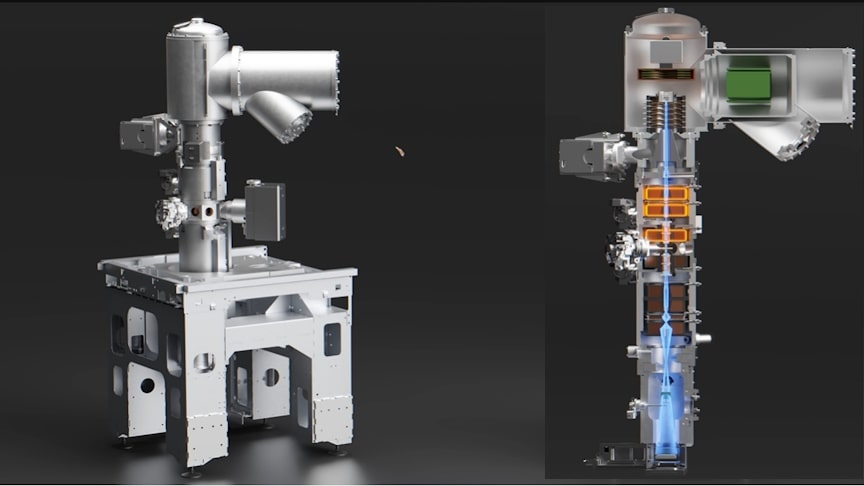The nanoscopic world is wild!! Looking at basic objects like a grain of salt under an electron microscope looks like nothing you would have expected. Furthermore, have you ever wondered whether seeing a single atom is possible? Or how do scientists and engineers create only a few nanometers wide transistors?
source.image: Branch Education
In this video, we will explore the electron microscope and how they are used to see nanoscopic objects. Specifically, we’ll look at the Transmission Electron Microscope and the Scanning Electron Microscope and dive into how they work.Watch the video from Branch Education for more info:
An electron microscope is a microscope that uses a beam of electrons as a source of illumination. They use electron optics that are analogous to the glass lenses of an optical light microscope to control the electron beam, for instance focusing them to produce magnified images or electron diffraction patterns.
Advertisement
The original form of the electron microscope, the transmission electron microscope (TEM), uses a high voltage electron beam to illuminate the specimen and create an image. An electron beam is produced by an electron gun, with the electrons typically at 40 to 400 keV, focused by electromagnetic lenses, and transmitted through the specimen. When it emerges from the specimen, the electron beam carries information about the structure of the specimen that is magnified by lenses of the microscope.











